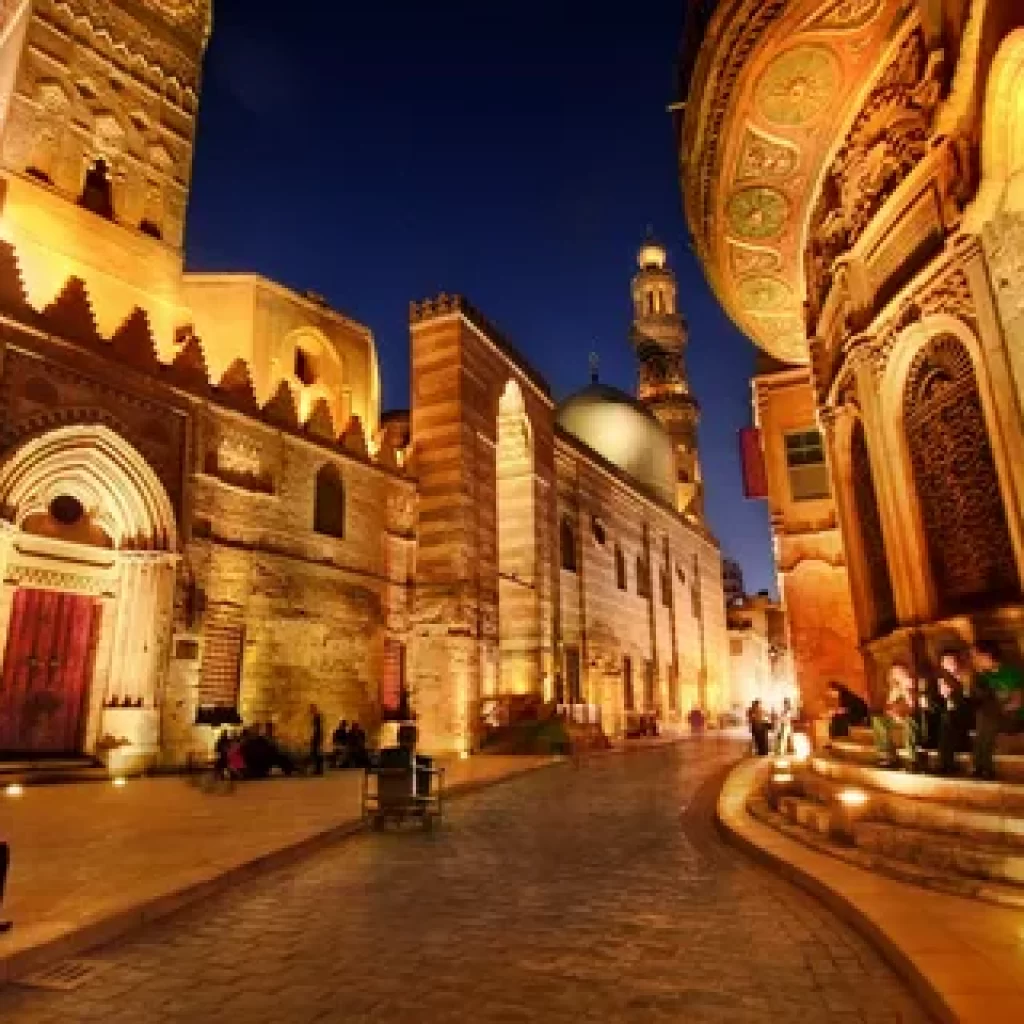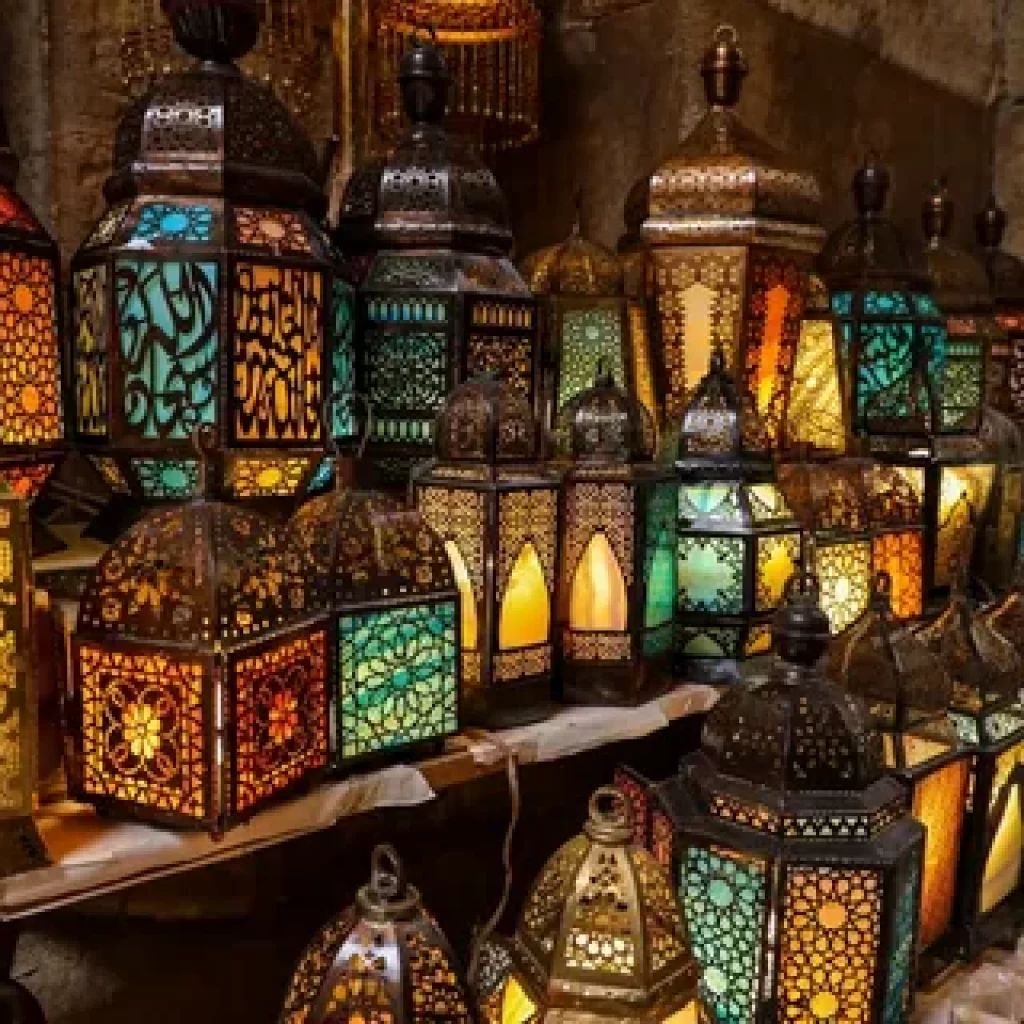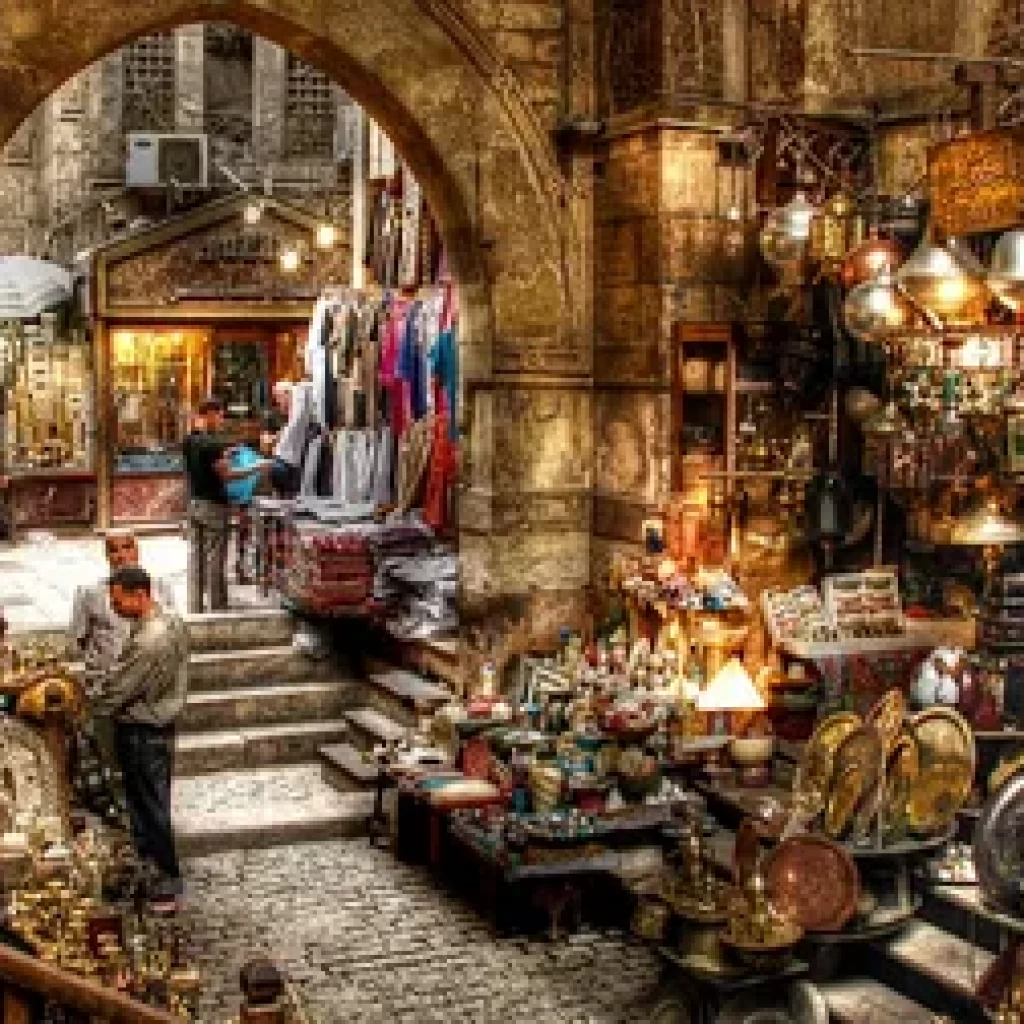Table of Contents: Khan El Khalily

1. Introduction
2.Historical Background of Khan El Khalily
3.Architectural Marvels of Khan El Khalily
4.The Bustling Souk: A Shopper’s Paradise
5.Traditional Crafts and Artisans
6.Culinary Delights of Khan El Khalily
7.Cultural Significance and Events
8.Famous Landmarks within Khan El Khalily
9.Preservation Efforts and Challenges
10.Modern-Day Relevance and Visitor Experience
11.Conclusion
12.FAQs
Introduction: Khan El Khalily

Khan El Khalily, Welcome to Cairo, the capital of Egypt and the largest city in the Arab world. We begin our walk on Port Said, a bustling commercial street. Cairo is a sprawling city of some 10 million inhabitants. This walk was filmed the day before Ramadan started. A common observance is to avoid eating and drinking, including water, while the sun is up.
- Historical Background of Khan El Khalily
The area has undergone several urban transformations over the years. In the 19th century, much of the area was reconstructed in French and Belgian classical styles. Cairo is such an important city in Egypt that Egyptians often refer to it as Maá¹£r, the Egyptian Arabic name for Egypt itself.
- Architectural Marvels of Khan El Khalily
Khan el-Khalili is one of Cairo’s most famous and historic souqs. This area was already an important center of trade during the Mamluk era in the 13th to 16th centuries. The name of the souq derives from one of the historic caravanserais of that era. Before that, the site of Khan el-Khalili was the southern end of one of two palaces built under the Fatimid Caliphate in the 10th century.

- The Bustling Souk: A Shopper’s Paradise
Under the last sultan of the Mamluk dynasty, al-Ghuri, the whole Khan al-Khalili district was remodeled. In 1511, the original khan erected by al-Khalili was demolished and rebuilt. This was known as Khan al-Fisqiya (“Khan of the Fountain”) for centuries, and then as the Wikala al-Qutn (“Wikala of Cotton”).
- Traditional Crafts and Artisans
By the end of the Mamluk rule in the early 16th century, there were 21 khans and wikalas in the area. The area was particularly popular with Turkish merchants and the Turkish community of Cairo was based here.

- Culinary Delights of Khan El Khalily through El Mosky, a popular shopping district and souq full of fascinating stalls and street vendors. The street is 730 meters (.45 miles) long and ends in front of the Al-Hussain Mosque. As one of the most important markets in Egypt, this area has goods ranging from rugs to electronic gadgets to particular local herbs and spices.
6. Cultural Significance and Events
The new city took four years to build and was intended to become the new capital of the caliphate. At this time, building began on the al-Azhar Mosque, which later became the third-oldest university in the world. This began Cairo’s important reputation as a centre of learning, with the library of Cairo containing hundreds of thousands of books.
- Famous Landmarks within Khan El Khalily
In 973, caliph al-Mu’izz li Din Allah gave the new city its present name, Qahirat al-Mu’izz (“The Vanquisher of al-Mu’izz”). This name then gradually became “Cairo” (al-Qahira). Under the Fatimid reign, the city reached its peak in size and prosperity.

- Preservation Efforts and Challenges It is a plaza located between two former palace complexes erected during the Fatimid period in the 10th century. This was the original element of caliph al-Mu’izz li Din Allah’s new city, al-Qāhira (modern day Cairo). The Qalawun complex, directly in front, was built by Sultan al-Mansur Qalawun in 1284–1285.
9.Modern-Day Relevance and Visitor Experience
Despite its ancient origins, Khan El Khalily remains relevant and vibrant in modern Cairo. The market continues to be a bustling center of commerce, culture, and social interaction. Visitors today can enjoy a unique blend of history and modernity, with traditional shops standing alongside contemporary boutiques and cafes. The market’s ability to adapt and thrive in the modern era is a testament to its enduring appeal
10. Conclusion:Khan El Khalily
Muhammad Ali Pasha ruled until his death in 1848, and is thought of as the founder of modern Egypt. Under Isma’il Pasha, who ruled from 1863 to 1879, the modernization process of the city continued with the creation of the area of Downtown Cairo. Downtown Cairo became the new economic center with businesses and caused much trade to move away from this historic Islamic area of Cairo.

With rising levels of tourism, the area was revived and prospered again as a commercial hub. I know a lot of people want to know if Cairo is a safe city. It is as safe as any other. I walked around and felt comfortable and safe the entire time. As with any city, when you are visiting, you just want to be vigilant and on guard but not so much you can’t enjoy yourself.
FAQs: Khan El Khalily

1.What is Khan El Khalily?
Khan El Khalily is a historic market in Cairo, known for its vibrant atmosphere and rich cultural heritage.
2. When was Khan El Khalily established?
It was established in the 14th century by the Mamluk Sultan Barquq.
3. What can I buy at Khan El Khalily?
You can buy a wide range of goods, including handcrafted jewellery, textiles, spices, and traditional crafts.
4. Are there any famous landmarks within Khan El Khalily?
Yes, notable landmarks include the Al-Hussein Mosque and the Al-Azhar Mosque.
5. What types of food can I find in Khan El Khalily?
The market offers traditional Egyptian cuisine, including street food like koshari and falafel, as well as cafes serving coffee and tea.
6. How is Khan El Khalily being preserved?
Preservation efforts include restoration projects, environmental protection measures, and support for traditional crafts and local businesses.
7. Why is Khan El Khalily important culturally?
It is a cultural hub that hosts various events and celebrates Egypt’s rich cultural heritage, attracting both locals and tourists.





Comment (0)